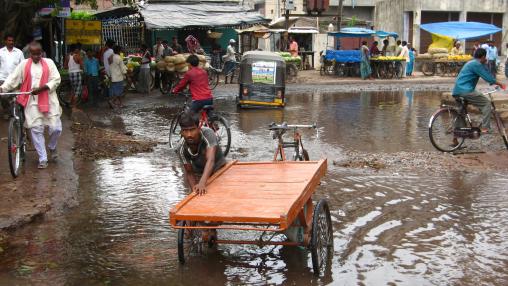
The world is not on track to end hunger: 2021 SOFI report released
Our window of opportunity for achieving SDG 2 — eradicating hunger and malnutrition and ensuring access to safe, nutritious, and sufficient food for all by 2030 — is closing rapidly. However, far from moving closer to that goal, the world has seen a resurgence of hunger and food insecurity.
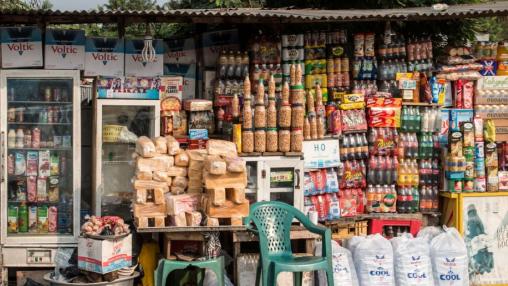
Africa’s processed food revolution and the double burden of malnutrition
This blog was originally posted on IFPRI.org. It was written by Swati Malhotra and Rob Vos from IFPRI’s Markets, Trade, and Institutions Division.
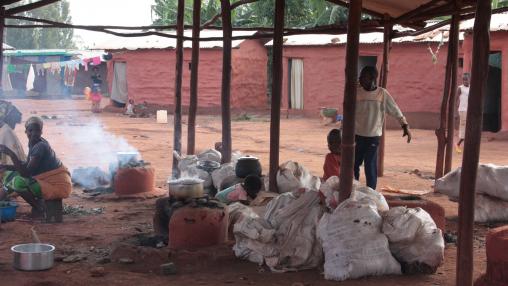
Optimizing food assistance programs: Improving household food security and diet quality in Burundi
Fourth in a series of posts on a research project in Guatemala and Burundi that evaluated how to optimize food assistance programs for the maximum impact. Read the first piece here, the second here , and the third here.
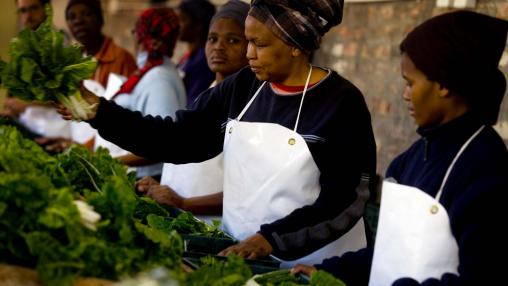
2020 State of Food Security and Nutrition Report
Hunger continues to be on the rise in Africa south of the Sahara, according to the 2020 State of Food Security and Nutrition in the World (SOFI) Report , released in mid-July.
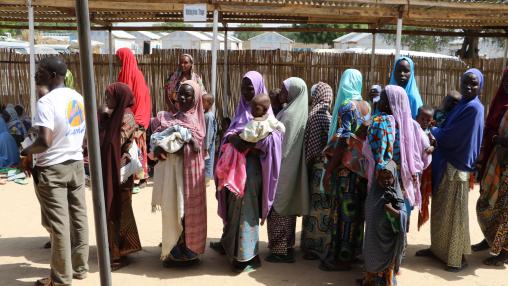
Poor Diets Driving Malnutrition in Nigeria
In recent decades, the amount of calories available to the average Nigerian on a daily basis has increased significantly. Despite this progress, however, the country continues to battle high levels of malnutrition of varying types. According to a recent research brief , a lack of dietary diversity and dietary quality may be to blame.
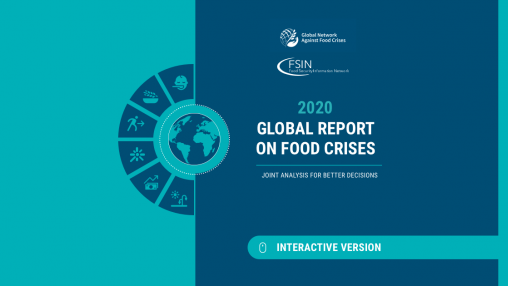
2020 Global Food Policy Report
Africa’s food system has experienced rapid transformation in recent years, driven by widespread urbanization and increasing incomes. In addition, initiatives like the African Continental Free Trade Area have resulted in changes to market structure and functioning in an effort to spur regional trade and economic growth. These changes present new income-generating opportunities all along the agrifood value chain, from farmers to processors, traders, distributors, and the food service industry.
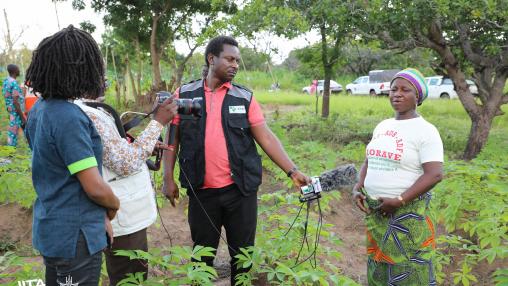
Lasting impacts after interventions
This piece originally appeared on IFPRI.org. By Alan de Brauw.
Development projects set out to better understand and find ways to improve outcomes for people in less developed countries, whether they focus on agriculture, schooling, improving health, or other types of technology adoption. While a great deal of time and attention is spent designing and implementing interventions, surprisingly little is known about how long effects from development projects last or, indeed, much about what happens after projects end at all.
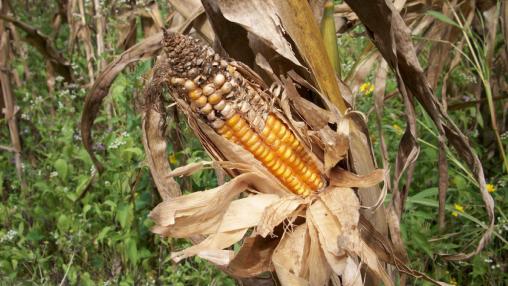
Aflatoxin and Child Stunting
This post originally appeared on IFPRI.org.
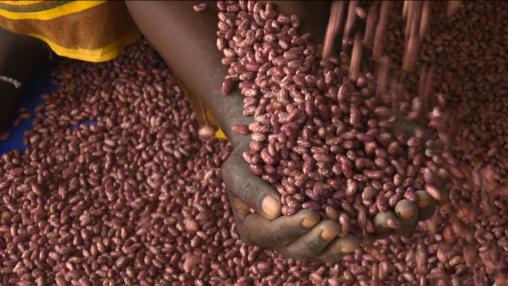
Value chains for improved nutrition
Populations around the world continue to struggle with malnutrition – both undernourishment and overweight/obesity – and climate change may exacerbate the problem. In addition to reducing overall agricultural yields, higher temperatures and erratic precipitation could increase spoilage of nutritious and perishable foods like fruits and vegetables. Climate change could even make foods themselves less nutritious; increased CO2 levels can reduce the protein content of certain crops, such as soybeans and grains.

Teff love: Ethiopia’s staple crop requires big push
BY BART MINTEN, ALEMAYEHU SEYOUM TAFFESSE AND SMITA AGGARWAL
Not long ago, teff—the gluten-free, nutrient-rich, 3,000-year-old grain native to Ethiopia—had its media moment as the world began to recognize the nutritional potential of this poppy-sized staple. Teff was called the next “supergrain,” joining the select club of popular exotic grains such as quinoa, farro, and millet.